Archive
2021
KubaParis
Episode 1: Airholes
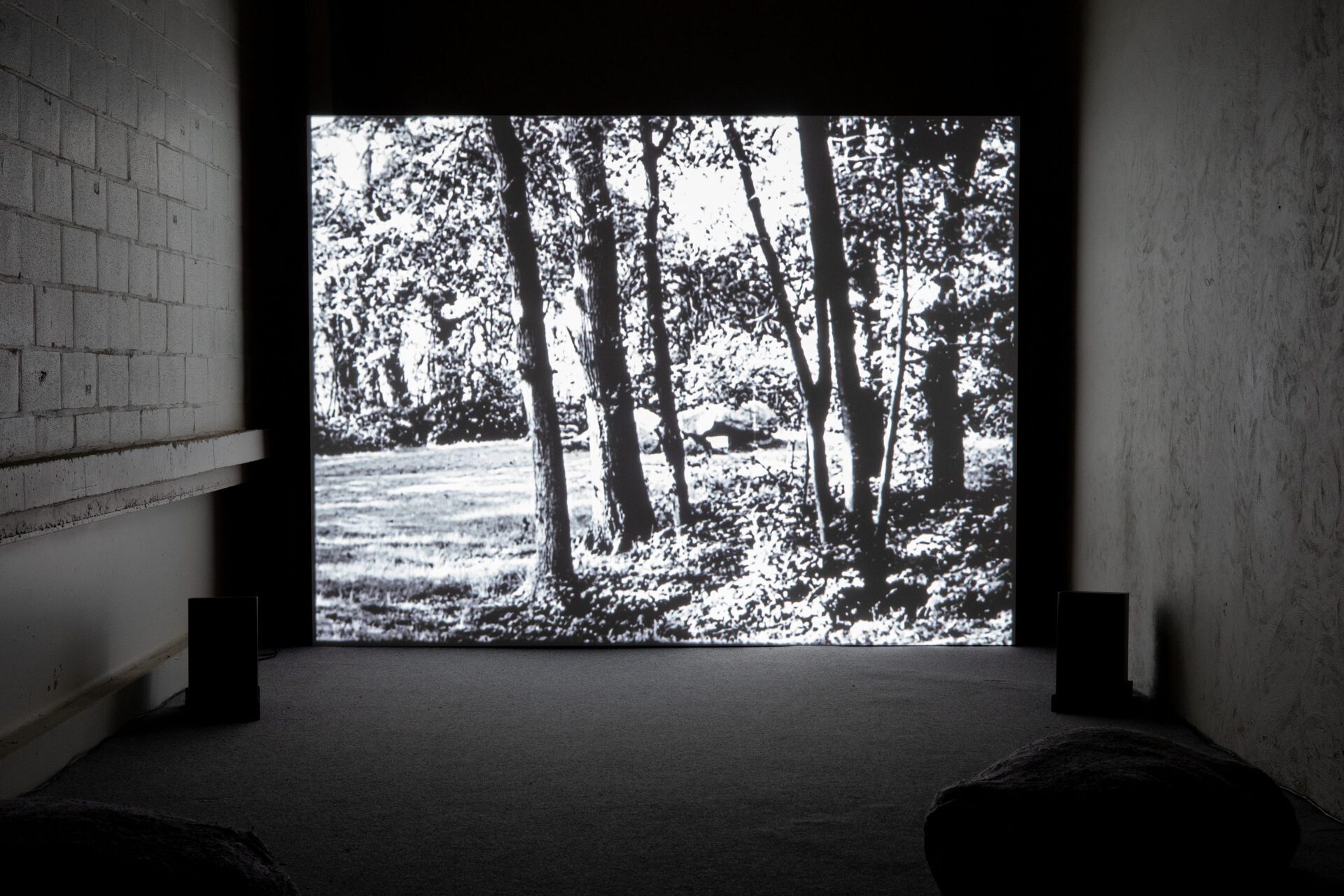


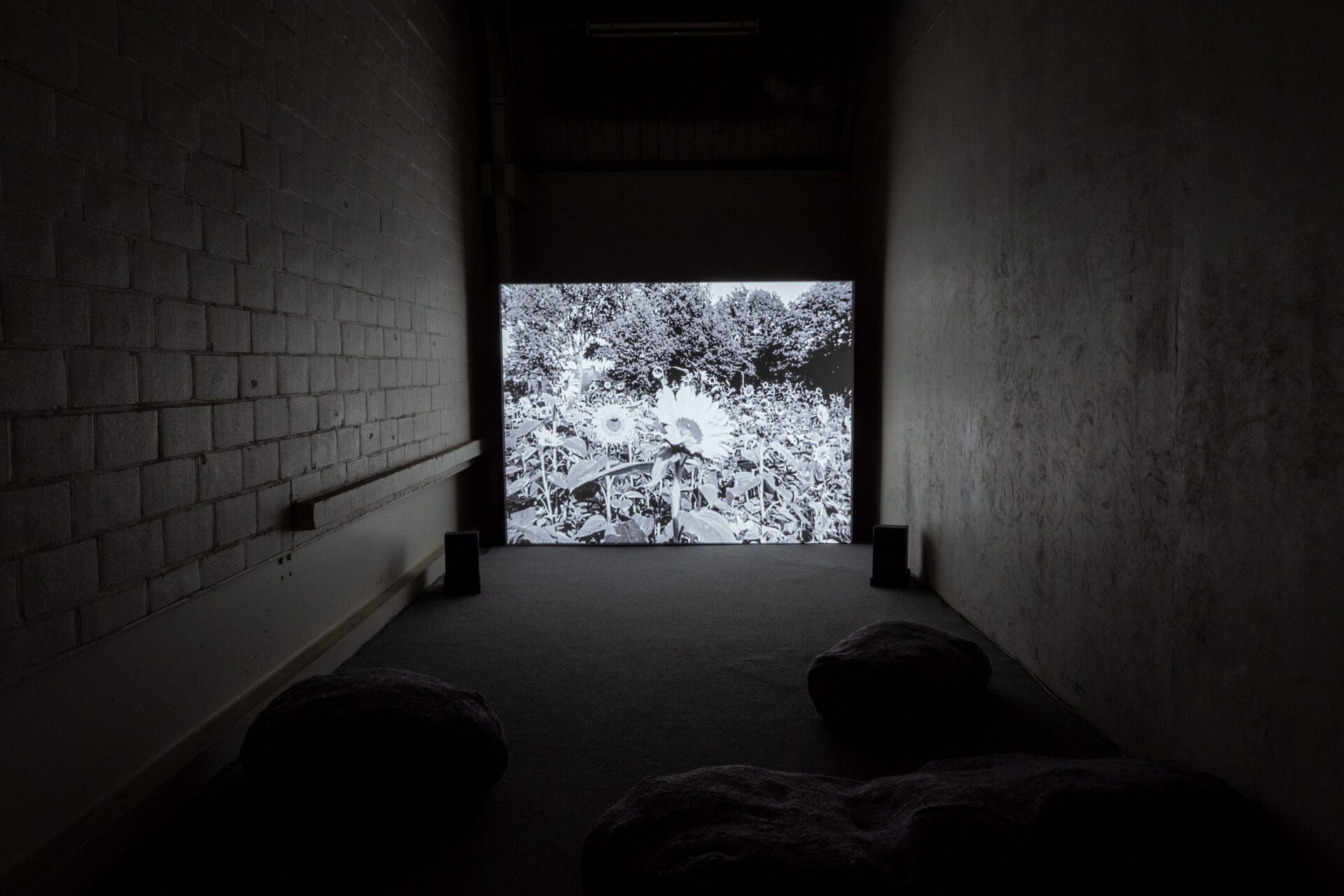



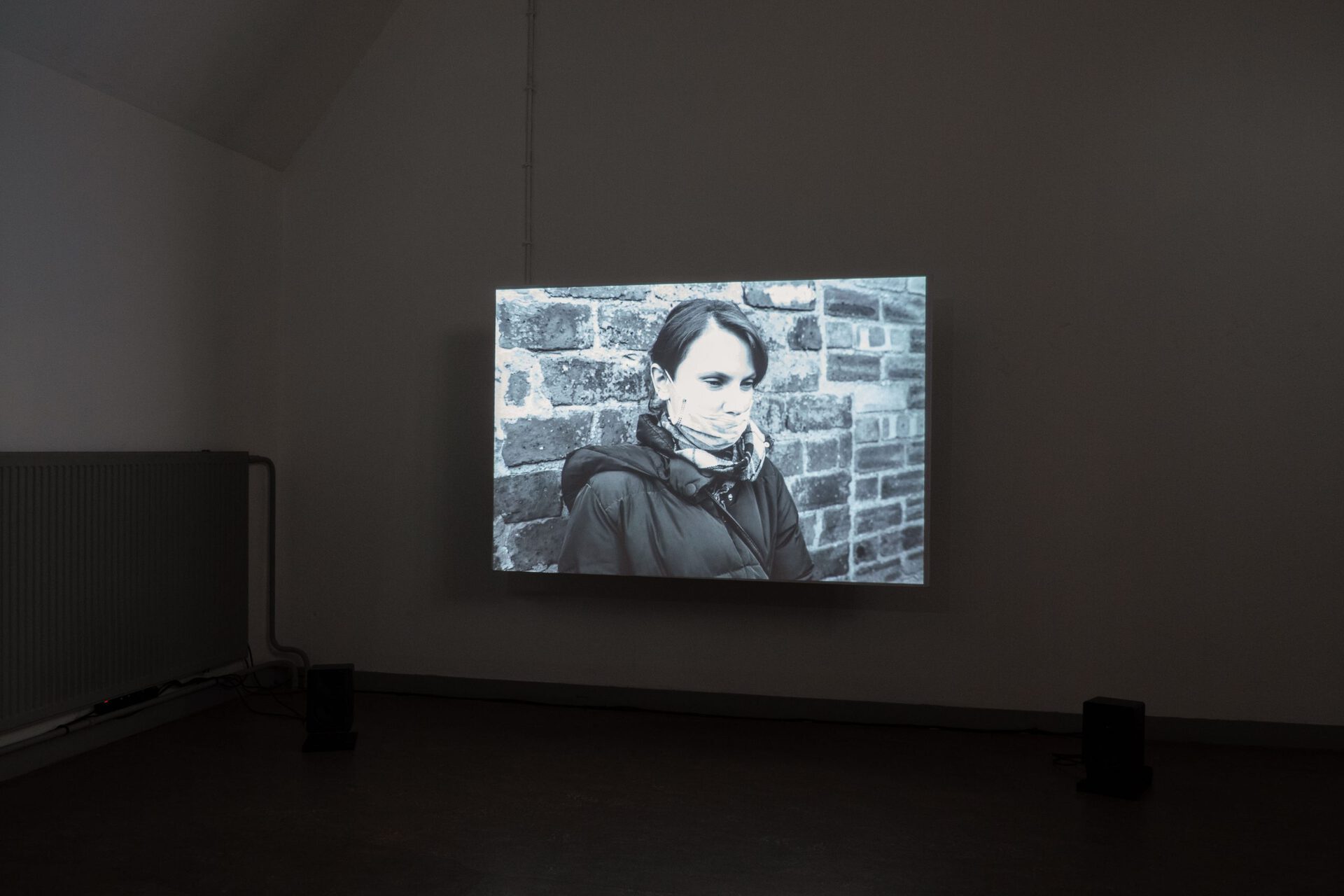
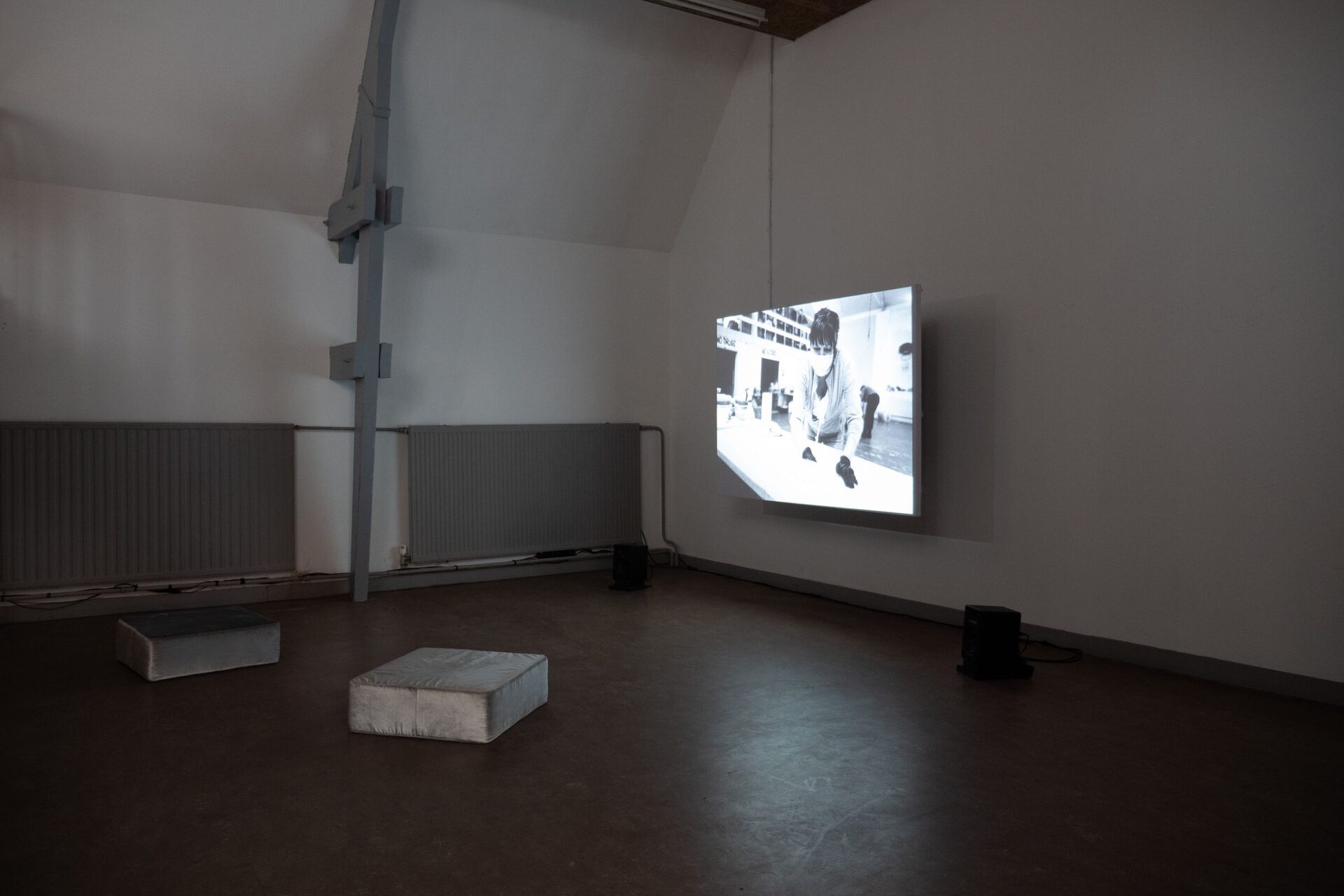


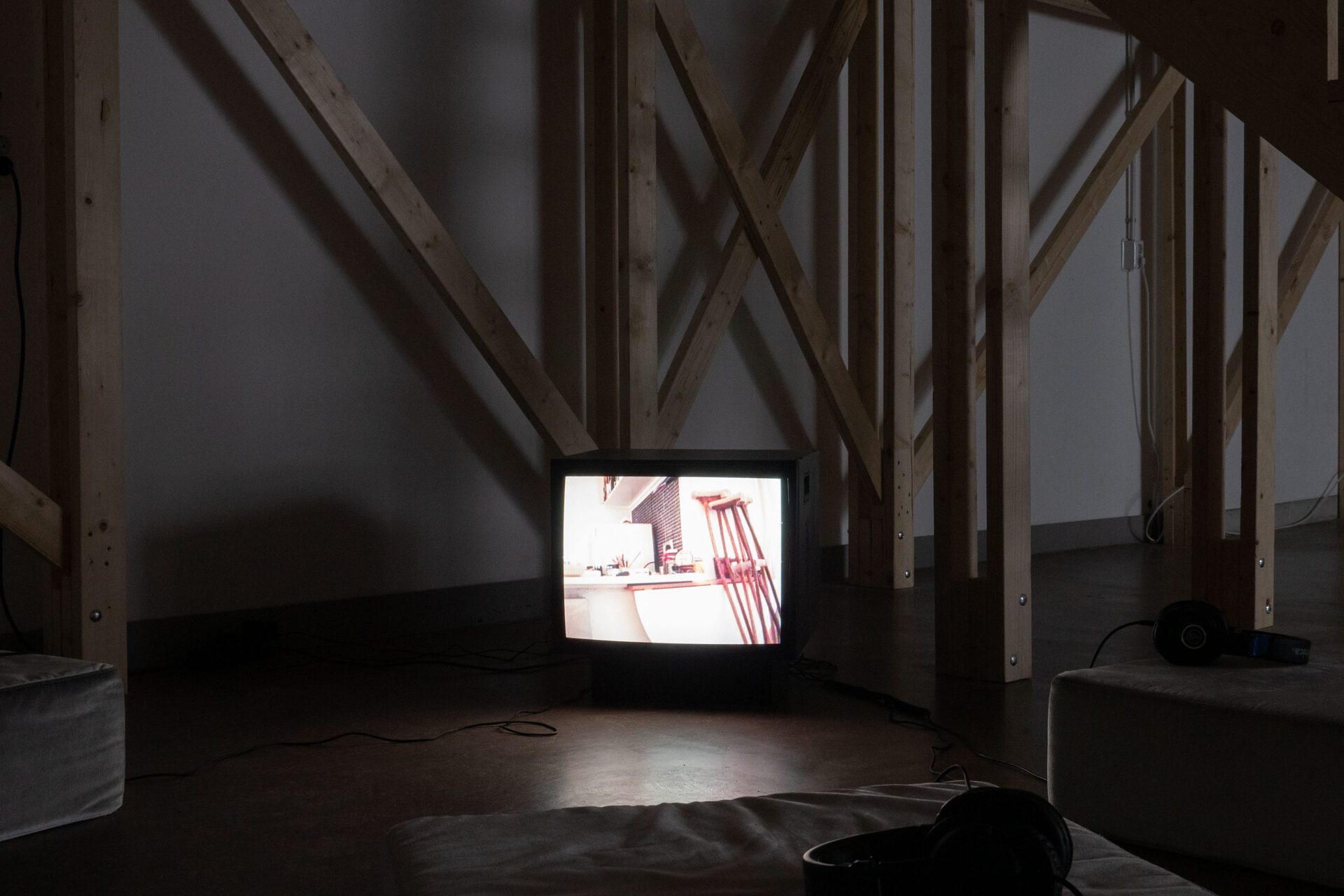



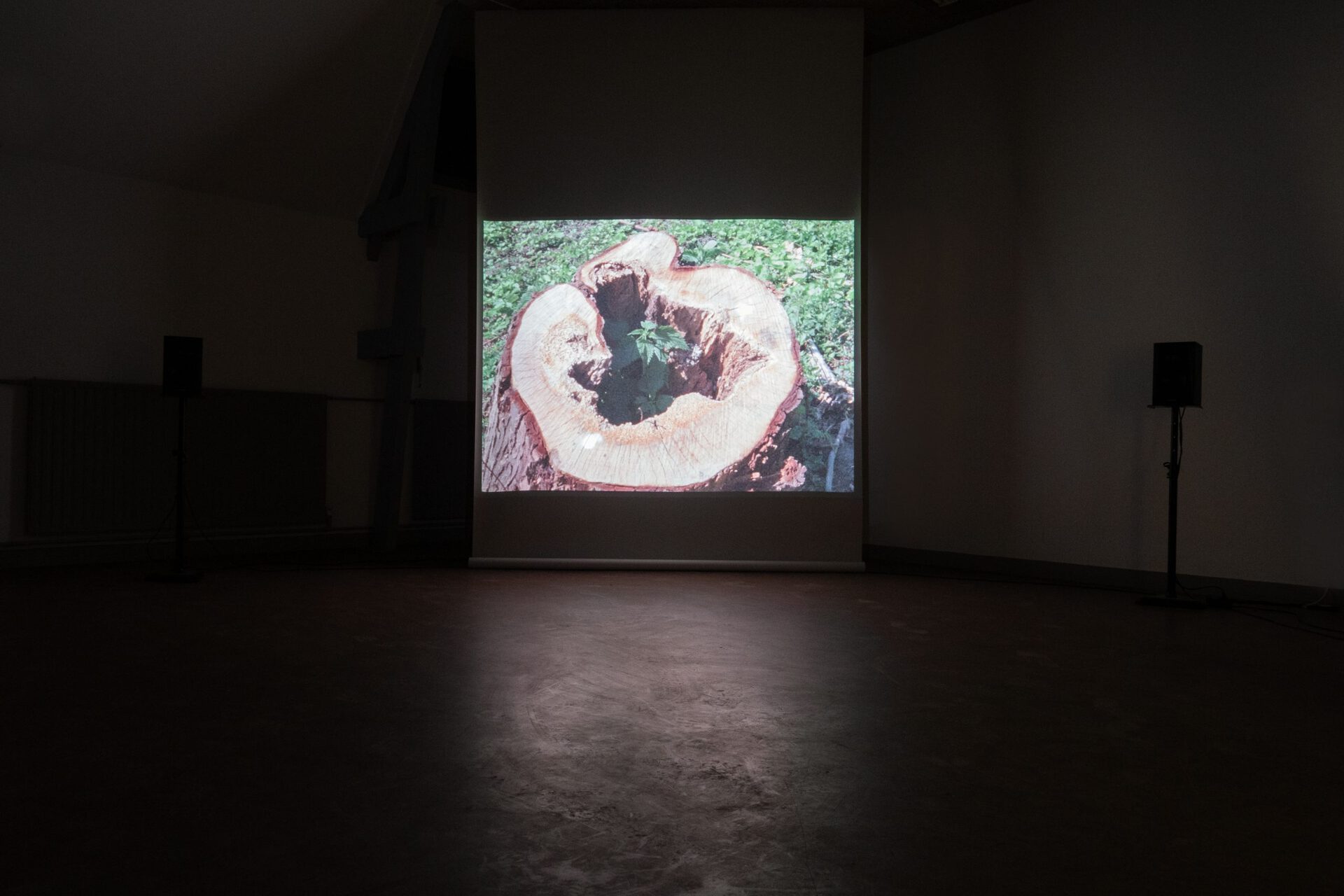



Location
WETDate
14.10 –30.10.2021Curator
WETPhotography
Marta Hryniuk & Nick ThomasSubheadline
For the first event in our new space, we are proud to present an exhibition of works by five video artists. During three weeks, the five videos will be installed on the third floor of the Hillevliet building in Feijenoord, Rotterdam, where WET is now located. Rather than a precise theme, the works share an affinity, paying close but idiosyncratic attention to the medium, and producing snapshots of community in troubled times. In this way, the exhibition stays close to WET’s core, exploring the ways in which people come together and collaborate around film and video production. Exhibition with works by: Beatriz Santiago Muñoz, Jake Caleb, Margaret Salmon, Marta Hryniuk & Nick Thomas and Stephen Dwoskin.Text
How to get from Space to Place
Episode 1: Airholes
Programmed by WET film
Opening, Friday 15th October, 6pm-10pm
Open from 16th-31st October
3rd floor, Hillevliet 90, Rotterdam
Works:
Beatriz Santiago Muñoz, Laurel Sabino y Jaguilla, 2019 HD Video, 12mins
Jake Caleb, Supporting Stones, 2021
16mm to digital, 10mins
Margaret Salmon, Lens Diary, 2020
HD Video, 20mins
Marta Hryniuk & Nick Thomas, Forces, 2020
16mm to digital, 12mins
Stephen Dwoskin, Videoletters, 1991
Hi8 to digital, 56mins
Airholes:
For the first event in our new space, we are proud to present an exhibition of works by five video artists. Rather than a precise theme, the works share an affinity, paying close but idiosyncratic attention to the medium, and producing snapshots of community in troubled times. In this way, the exhibition stays close to WET’s core, exploring the ways in which people come together and collaborate around film and video production.
In Kristin Ross’ Communal Luxury—her account of the cultural life of the Paris Commune—she invokes Elisee Reclus’ literary account of ‘airholes’ in wet sand as a metaphor for the commune itself. These airholes, and the “tiny system of rivulets that appear on the sand after the ocean’s wave has retreated” form, for Ross, the afterimage of “both the enormity of the Commune’s aspiration and accomplishments and the violence of the massacre that crushed it.” One hundred and fifty years later, the image resonates with us as a way to think about artistic practice subject to successive waves of crisis. The small intake of breath is a fleeting but vital moment for rebuilding, communicating, forging new connections. As Ross puts it, “that system of rapid exchanges, intersections, and collaborations, of symbolic forms of solidarity and scattered, often ephemeral encounters, may well be momentary but it is also a momentum.”
For us, the camera is the way not only to record these moments but to engineer them. The artists in the exhibition all use the act of filming as an instigator, a way of precipitating new encounters, of breaking through solitude and reinforcing various forms of collectivity.
There is an emphasis on communication: through letters, through the lens, between trees, with forces and energy fields—communication that is prosaic, vital, the day-to-day reimagining of relations. There is also an attentive approach to the medium, expressed across diverse formats; the works are crafted without fussiness, over and underexposed shots are included, fragments are shaped into vignettes. Each work in its specificity creates an image of a moment, differing in context, struggles and approach. Together they produce something different, scattered encounters which share a symbolic solidarity. As Ross says of the world after the Commune, “a tiny system of airholes, the evidence of an unseen world, appears— already—in the sand.”
The exhibition begins in IJsselmonde, with Forces, the work of WET members Marta Hryniuk and Nick Thomas. Forces (2020) was shot on 16mm film, during the pandemic on the island of Brienenoord, a short bike ride away from De Hillevliet, where the exhibition takes place. The work was developed through a period of correspondence between the artists, writing letters to each other as a way of imposing a formal constraint on their relationship as cohabiting partners. These letters combined the sharing of research and ideas for the film with personal reflections, circumnavigating ‘normal’ modes of being together, which had intensified during the pandemic. Thomas and Hryniuk filmed each other in various simple tableaus, in locations chosen for the conjunction of symbolic and material forces in the landscape. The work reflects on this strange intersection of leisure and alienation, embodying a pandemic era dislocation from the world, while staking out a small patch of earth on which to lie down.
The other works in the show were chosen for a sense of shared intentions. Jake Caleb’s Supporting Stones (2021) is a sensory mediation on shared time, sites of congregation and myth. Part travelogue, part nature documentary, the film visits sites of Neolithic megaliths known locally as hunebedden in the northern Dutch province of Drenthe. Constructed with boulders left behind by retreating Ice Age glaciers, the structures are archeological remains of the oldest documented farming communities in the area. Predecessors to current sedentary lifestyles, the Neolithic farmers are the film’s long gone protagonists, whose decisions to cultivate the land altered its ecology as they moved away from prior nomadic forms of living. The film attempts to trace these histories of sedentism by visiting these originary sites. Through close observation of the current uses of the landscape, the film asks what forms of life congregate here, what passages of time are present and what grows, both physically and mythically, on these fields’ disturbed edges.
Beatriz Santiago Muñoz’s Laurel Sabino y Jaguilla (2019) takes its name from a species of magnolia native to the artist’s birthplace and home on the island of Puerto Rico. Survivors of the ice age that brought the hunebedden boulders to Drenthe, this plant is endangered by symptoms of modernity including deforestation and climate change. The film moves between the El Yunque National Forest in Puerto Rico and the Botanical Gardens of The Huntington in San Marino, California - between threatened biodiversity and antiseptic laboratory - dwelling on forms of preservation and modes of communication, not least between the plants themselves.
We are also showing Margaret Salmon’s 2020 work Lens Diary. Subtitled ‘notes on relational optics’, the video follows the work of a group of activists in Glasgow distributing food during the Covid-19 pandemic. Composed of a series of stills shot on 35mm film cameras, Salmon - who began her career as a photographer - explores the emotional, physical and psychological effects of three different focal lengths, narrating how 28mm, 50mm and 85mm lenses feel, how they change the way she connects with the people she photographs, how they structure relations.
The final piece in the exhibition is from 1991: Stephen Dwoskin’s
Video Letters. As the title suggests, the work takes an epistolary form; here we see the first three letters in a series ‘written’ to fellow artist Robert Kramer. A solitary presence in his home in London, Dwoskin documents his everyday surroundings in diaristic fashion, incorporating the current affairs of the time by filming George Bush (Senior) and other talking heads’ rhetoric on the First Gulf War. Edited in-camera, the work is intimate and melancholic, grounded in Dwoskin’s day to day struggles.
Airholes is supported by Stichting Droom and Daad. How to get from Space to Place is supported by Gemeente Rotterdam.
About WET film:
WET is a Rotterdam-based production and distribution cooperative for film, video and artists’ moving image founded by Anna Maria Łuczak, Erika Roux, Marta Hryniuk, Nick Thomas and Sophie Bates.
We work within a spectrum of contemporary moving image practices and come together to pursue a mode of production based on collaboration and mutual support. WET assists in the production of works through the exchange of labour, equipment and expertise.
WET is also a platform for distribution, curating and programming, with a focus on works which question existing film orthodoxies, and which propose alternative (social, historical, political and aesthetic) perspectives
Credits:
Forces:
Supported by Gdańska Galeria Miejska and CBK Rotterdam. Courtesy Marta Hryniuk and Nick Thomas.
Supporting Stones:
The film was made in dialogue with Marta Hryniuk, Nick Thomas and Vlada Predelina and kindly supported by Filmwerkplaats Rotterdam and the Piet Zwart Institute Rotterdam. With thanks, Emma Astner, Ulufer Çelik, Merve Kılıçer, Clara J:son Borg, Manon Verkooyen, De Witte Buizerd and Hinkman and his garden. Courtesy Jake Caleb.
Laurel Sabino y Jaguilla:
Courtesy Beatriz Santiago Muñoz.
Lens Diary:
Courtesy Margaret Salmon and LUX, London.
Video Letters:
Copyrights Paul Venezia, Thanks to the AHRC funded Legacies of Stephen Dwoskin’s Personal Cinema @ University of Reading.
Courtesy of the estate and LUX, London.
Nick Thomas